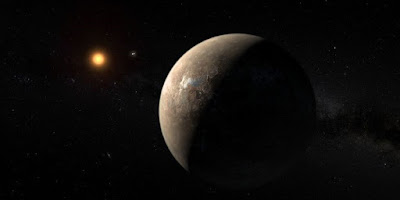 |
| Star-Raker: An early NASA/Rockwell space plane concept from the 1970s |
But we are still decades away from such a service. Why is that?
The incredible lack of government support is the primary reason. Without the financial backing that only those organisations can provide, such immense projects have little hope of coming to fruition. It seems that, apart from a few small subsidies, private enterprise is left to fund such things. And they do remarkably well, all things considered.
 |
| Skylon, a British space plane concept, in flight |
The most promising space plane right now is Skylon, in development by the British company, Reaction Engines. If funding is maintained, a full size version of the unique engine for the plane could be tested as soon as 2019, and actual unmanned test flights could begin in 2025. Although designed primarily as a means to deliver cargo to various orbits, Skylon can crucially be configured to carry a passenger module for 30 people. It would revolutionise how we get people off the planet, and it would be a major step forward in our ability to set up colonies away from Earth. This video shows how Skylon would operate.
 |
| Skylon docked to an orbiting station |
Regular shuttle services serving the Moon, Mars and beyond could be set up with a station in Earth orbit, and Skylon space planes, based at many locations around the world, could be a very efficient means of getting equipment and personnel up to the station. Within a couple of decades we could have hundreds of people in space, travelling too and from working colonies on at least two other bodies in the Solar-System.
Such a scenario is highly achievable, and with just a little more support from governments. For example, for Skylon to be developed into a fully functioning system it would cost just over 7 billion British pounds. That is a small amount for a government, and the potential economic benefits would far exceed that.
The UK government has committed to renewing its Trident missile submarine nuclear deterrent, which would cost well over 100 billion pounds over its 40 year lifespan. It's incredible that such funds can be found for a system (as necessary as it may be) that is designed to threaten and cause immense mass destruction, but something that would cost a fraction of that, and something that would be a huge benefit economically and for the future of our species, is considered for nothing more that a paltry handout.
 |
| A Dreadnought Class submarine, which will replace the UK's Vanguard Class submarines to become the country's new nuclear deterrent. Unfortunately such a system seems to be a necessity. But what if the vast cost of such a system could be put into a space plane service instead? |
Of course, a space plane service to Earth orbit, while incredibly beneficial, should only be the start. A true space plane service would allow passengers to leave Earth and travel to another planet's surface in the same vehicle, with nothing more than a refueling stop on the way. Such a space plane would need to be configured for interplanetary voyages that would take many months or years to complete. Only a few passengers could be on board, and they would need accommodation and supplies to sustain them. It is likely that at first only the richest or most important passengers would be able to use such a service. It would be the equivalent to luxury yachts we see today. This is no bad thing. Encouraging the very wealthiest individuals and organisations to pay for such a service is a good way to get the funds to continue development and expansion, which will ultimately result in the service (albeit a much less oppulent version of it) becoming available to the general population.
 |
| A luxury space plane about to dock with an Earth-orbiting station to prepare for its onward journey to the Moon. Artwork by Alex Brady. |
For the interplanetary phase of a journey the space plane could dock with an interplanetary propulsion system that would take it to orbit around its destination. The propulsion system would then remain in orbit and be serviced and refueled ready for another journey. With many such propulsion systems in orbit around key destinations a truely comprehensive interplanetary travel service could be offered, for both passengers and cargo. Colonisation of the Solar-System could then proceed with relative ease.
Such a service would require massive investment by governments and private organisations, but it would still be a small fraction of the amount spent on defence and weaponry. Humans need to fight against their primal instincts that seem to lead us down such negative paths and see the extinction that we face as a species if we do not colonise the Solar-System and beyond.
We need to stop funding our own destruction and
fund expansion and survival beyond Earth instead
An extensive space plane service to Earth orbit, and to the Moon, should be the first priority of major governments to kickstart the development of permanent human colonies away from Earth. There are people with the right vision, drive and skills alive right now that could build it. And it could be achieved within two decades with the right motivation and funding.
As a species we would be foolish indeed not to develop such a capability as soon as we have the means to do so.










































